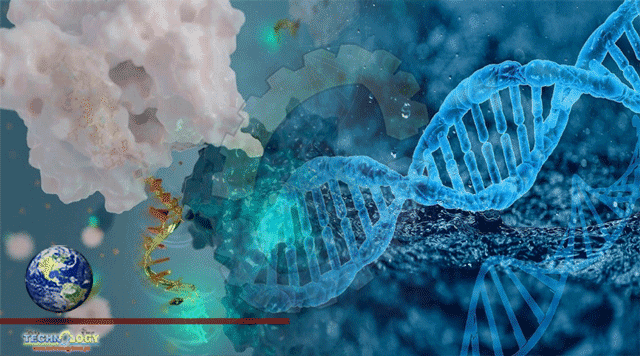A team of researchers at the University of Montreal has developed a Nanantina made of DNA (DNA) and polyethylene glycol (PEG) to study changes in the structure of protein molecules.

The fluorescent nanoantenna offers a distinct advantage over the ubiquitous fluorescent dyes used in biotechnology. The latter “shows low affinity for proteins”, while these nanoparticles are able to detect even the smallest changes. The dye in the nanoantenna has an affinity for a specific region of the protein, which depends on the protein’s structure and chemistry.
The antenna also performed well when used to examine enzyme kinetics, that is, the speed with which a reaction proceeds in the presence of an enzyme. It also remained stable at higher temperatures. the Results published last month in a Nature’s Ways.
The team explained that the Nanantina works like a two-way radio that can receive and transmit radio waves. It receives light of one wavelength, and depending on the protein changes it senses, it transmits light in another color and this can be detected and studied.
“In addition to helping us understand how natural nanomachines work or malfunction, thus leading to disease, this new method could also help chemists identify promising new drugs as well as guide nanoengineers to develop improved nanomachines,” co-author Dominique Luzon. In the study, in a press release.
Nanantina was able to pass the crowd even in terms of protein-protein interactions. “DNA-based nanonanites can be manufactured with different lengths and flexibility to improve their function,” says Scott Aaron, first author of the study.
“One can easily attach a fluorescent molecule to DNA, and then attach these fluorescent nanonanites to a biological nanomachine, such as an enzyme.” Alexis Vallée-Bélisle, the study’s corresponding author, added that they were “more excited to realize that many laboratories around the world, equipped with a conventional spectrophotometer, could easily use these nanometers.”[e] To study their preferred protein, such as identifying new drugs or developing new nanotechnologies”.
Source: America News